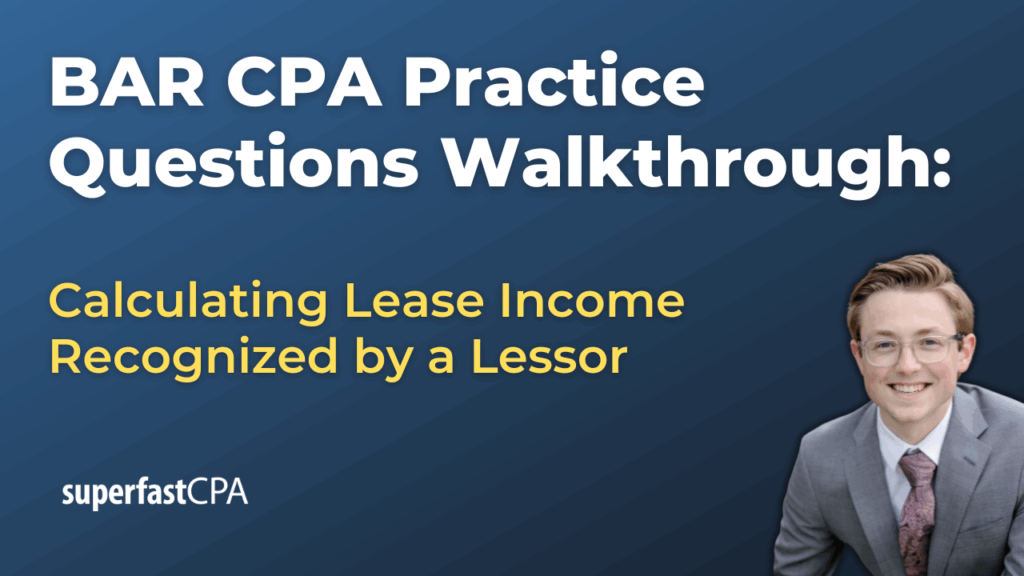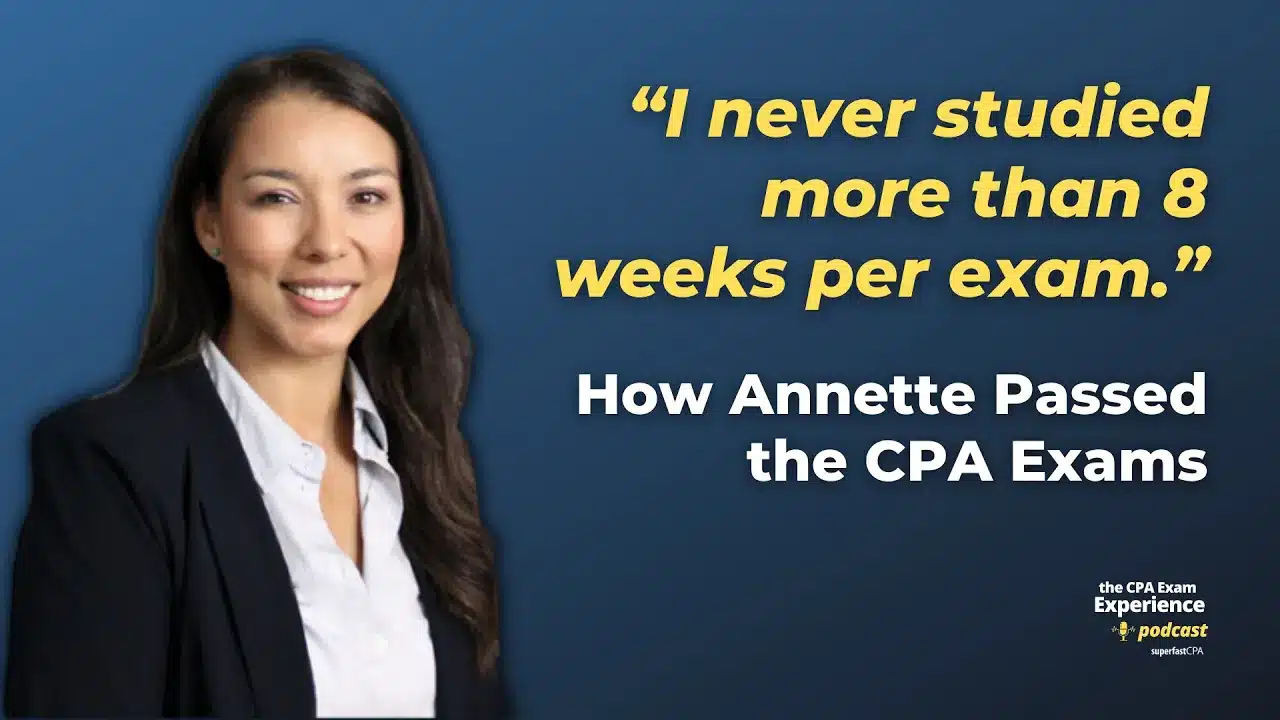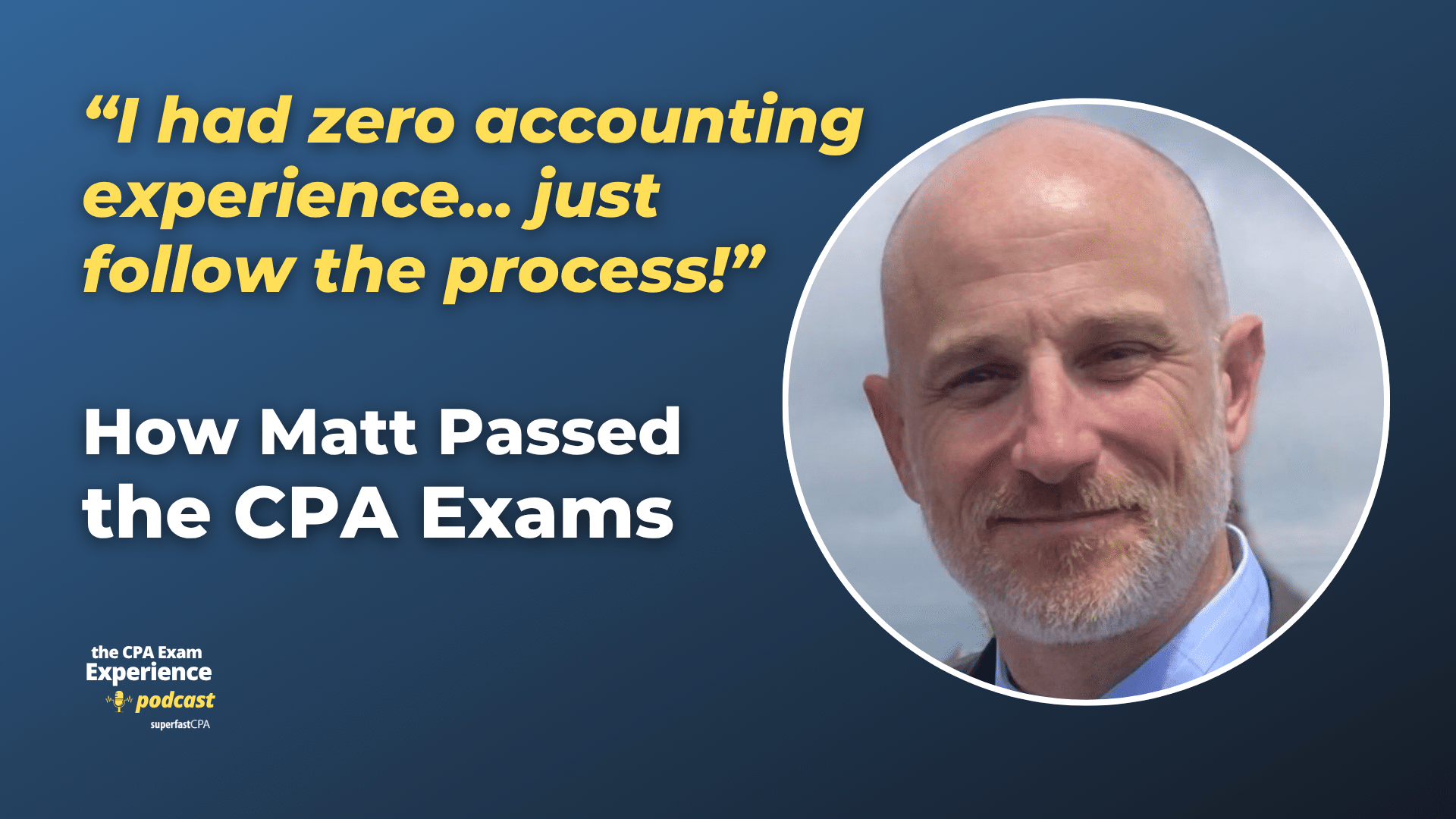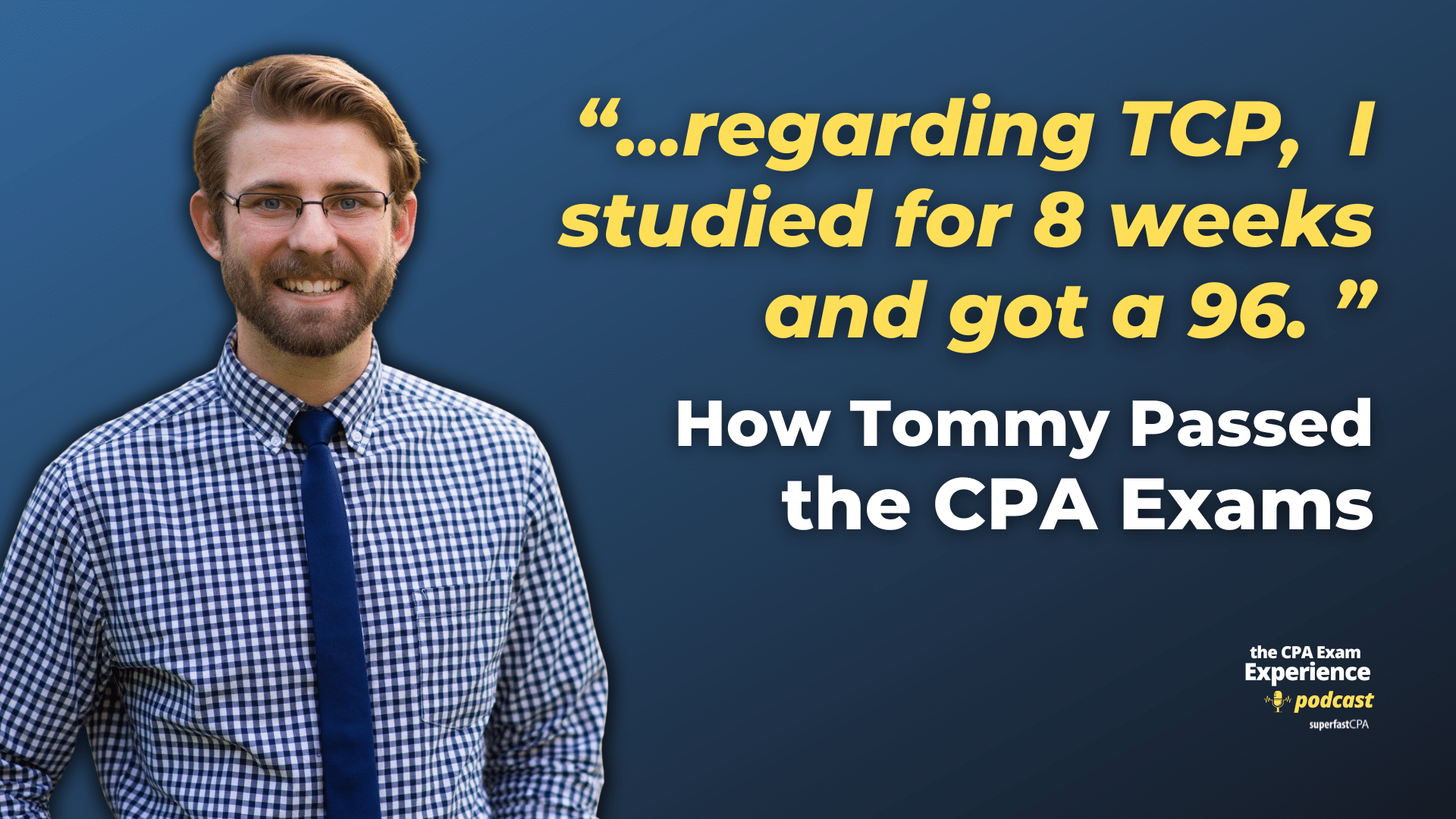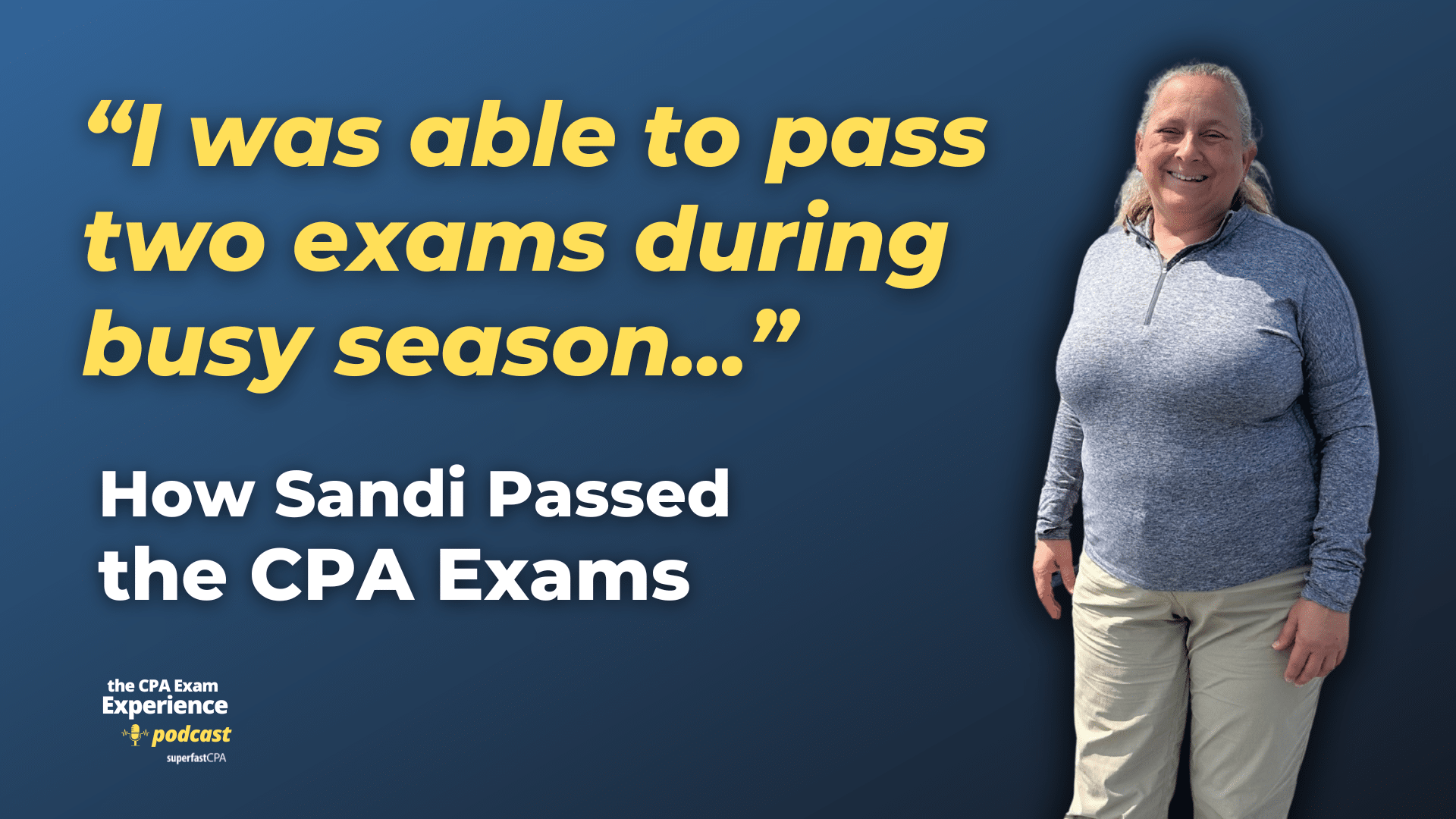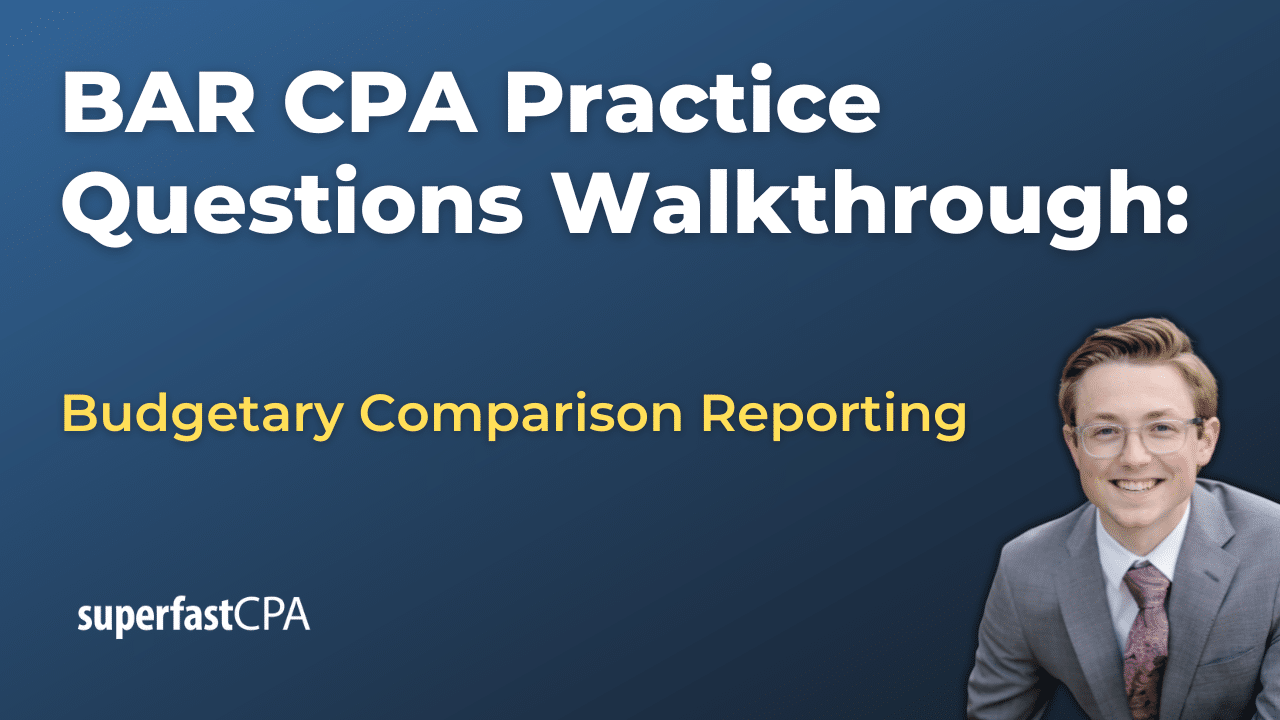In this video, we walk through 5 BAR practice questions teaching about calculating lease income recognized by a lessor. These questions are from BAR content area 2 on the AICPA CPA exam blueprints: Technical Accounting and Reporting
The best way to use this video is to pause each time we get to a new question in the video, and then make your own attempt at the question before watching us go through it.
Also be sure to watch one of our free webinars on the 6 “key ingredients” to an extremely effective & efficient CPA study process here…
Calculating Lease Income Recognized by a Lessor
When a lessor records lease activity in the income statement, the central task is to measure lease income correctly. Lease income can take several forms depending on whether the contract is an operating lease, a sales-type lease, or a direct financing lease. Across all categories, the accounting rules emphasize substance over cash timing, so the amounts recognized often differ from the cash received in any single period.
Below we review the major principles, illustrated with examples.
Straight-Line Income for Operating Leases
Under an operating lease, the lessor recognizes lease income evenly over the lease term, regardless of the pattern of cash receipts. Even if the tenant is granted a rent-free period at the beginning, the total consideration must be spread across the entire lease.
Example:
A landlord charges $36,000 per year for a four-year office lease but gives the tenant the first three months free. The tenant pays $3,000 per month from April of Year 1 through the end of Year 4. Although cash collected in Year 1 is only $27,000 (nine months), total consideration over the four years is $135,000. Straight-line recognition allocates $33,750 per year to income. The income statement therefore shows $33,750, not the $27,000 of cash received.
This illustrates how the straight-line model ensures comparability and prevents income spikes caused by timing differences.
Profit Recognition in Sales-Type Leases
For a sales-type lease, the lessor records a selling profit or loss at lease commencement if the fair value of the leased asset differs from its carrying amount. This is similar to selling the asset outright, except that the proceeds take the form of a lease receivable.
Example:
A lessor leases equipment with a carrying amount of $70,000. The present value of payments is $82,000, which also represents fair value. At commencement, the lessor removes the asset, recognizes a lease receivable, and records a $12,000 profit ($82,000 – $70,000). This profit appears in the income statement immediately.
This treatment highlights that the lessor has effectively transferred control of the asset and earned a margin at the outset.
Interest Revenue in Financing and Sales-Type Leases
Once the lease begins, lessors in sales-type or direct financing leases recognize interest income over time. This is based on the net investment in the lease and the implicit rate. Each year, the lessor applies the effective interest method, multiplying the opening balance of the lease receivable (or net investment) by the rate to calculate income.
Example:
If a lease receivable is $88,500 at the start of the year and the implicit interest rate is 6%, Year 1 interest income is $5,310. As payments are received, the receivable balance decreases, and subsequent interest income declines.
In this way, the pattern of revenue mirrors the economics of a financing arrangement, with higher returns early and gradually declining over the term.
Combining Profit and Interest in Sales-Type Leases
Some leases involve both an initial selling profit and ongoing interest revenue. In such cases, both elements must be reflected in the income statement.
Example:
A lessor transfers equipment with a carrying amount of $85,000 and a fair value of $100,000 under a five-year lease. At inception, the lessor records a $15,000 profit. If the net investment after the first payment is $100,000 and the rate is 6%, Year 1 interest revenue is $6,000. The Year 1 income statement therefore shows $21,000 from this lease.
This two-part recognition distinguishes the upfront margin from the financing return.
Key Takeaways
From these cases, we can identify the core facts for calculating lease income recognition:
- Operating leases use straight-line recognition. Cash flow timing, including rent-free periods, does not alter the income amount recognized each year.
- Sales-type leases record profit at commencement. The difference between fair value and carrying amount is recognized immediately in the income statement.
- Financing leases accrue interest over time. Interest revenue is calculated using the effective interest method based on the net investment in the lease.
- Some leases combine both elements. A sales-type lease may generate an initial profit plus ongoing interest, both of which are reflected in reported income.
- Substance governs recognition. The guiding principle is to reflect the economics of the lease arrangement rather than the pattern of cash receipts.
Conclusion
For lessors, the challenge is not just recording cash but capturing the correct measure of income in line with the lease type. By distinguishing between straight-line rent under operating leases, upfront profit in sales-type leases, and interest revenue across financing arrangements, financial statements provide a faithful representation of performance.

